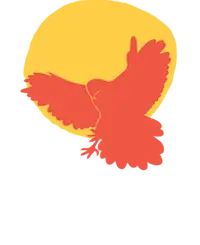
Engaging children in sensory play that incorporates Australian native bush tucker plants and Aboriginal symbols offers a rich, multi-sensory learning experience. This approach not only stimulates creativity but also fosters cultural appreciation and sensory development.
Infusing Play-dough with Native Bush Tucker Plants
Integrating natural elements like Davidson Plum and Lemon Myrtle into play-dough introduces children to the unique scents and colours of Australian flora:
Lemon Myrtle: Renowned for its refreshing citrus fragrance, Lemon Myrtle leaves have been traditionally used to flavour food, treat headaches, and as an insect repellent.
Davidson Plum: Known for its deep purple hue and tart flavour, this rainforest native from Northern NSW and Southern QLD is rich in antioxidants and has traditional medicinal uses.
By incorporating these plants, children engage their senses of touch, sight, and smell, enhancing their sensory awareness and connection to nature and First Nations culture.


Enhancing Learning with Aboriginal Symbol Stamps & Flashcards
To deepen the educational experience, introducing Aboriginal Symbol Stamps & Flashcards can:
Benefits of Sensory Play with Cultural Integration
Combining sensory play with cultural elements offers numerous developmental benefits:
We facilitated this exploration at a local Preschool, and it was such a rich experience for us all, sitting and yarning, listening to the stories children created in dough using the symbol stamps. We heard stories of a family sitting around waterholes with Kangaroo’s and Emu’s coming to visit them, and of Crocodiles visiting meeting places to talk with other animals.


Creating Your Own Bush Tucker Play-dough Adventure.
To embark on this sensory journey:
1.Gather Ingredients: Collect natural materials like Davidson Plum powder and Lemon Myrtle leaves. A basic play-dough recipe that includes flour, salt, cream of tartar, coconut oil, and water is a good place to start.
Split the dough in half and add a teaspoon of Davidson Plum powder for a lovely pinky-purple hue (make sure you taste the powder to try its tart flavour), we used Indigiearth’s freeze-dried Davidson Plum Powder.
In the other half we added a few drops of Lemon Myrtle essential oil for a pleasant zesty aroma to the dough. Play-dough that perfectly embodies the Australian bush is the end result, with children enjoying taking in the sights, smells and feels of native plants.
2. Prepare the Play-dough: Incorporate the bush tucker elements into your play-dough recipe to infuse colour and scent. Including the children in the process allows for the development of mathematical concepts such as measurement.
3. Introduce Educational Tools: Use Aboriginal Symbol Stamps & Flashcards to enrich the play experience.
4. Encourage Exploration: Allow children to explore freely, guiding them to observe the sensory attributes and discuss the cultural significance.
By blending the natural allure of Australian bush tucker plants with the depth of Aboriginal symbolism, educators and parents can create a holistic sensory play experience that nurtures development and cultural awareness.
Note: Ensure all materials used are safe and appropriate for children, and consider any potential allergies when introducing natural ingredients.
Sign up to be the first to know about new products and blog posts and get exclusive discount codes.


We acknowledge and pay our respects to the Minjungbal People of the Bundjalung Nation, the Traditional Custodians of the beautiful land and waterways on which we live and work.
Always was. Always will be Aboriginal land.
Copyright © Songlines Art, Culture, Education.
We acknowledge and pay our respects to the people of the Bundjalung Nation, the Traditional Custodians of the beautiful land and waterways on which we live and work.
Always was. Always will be Aboriginal land.
